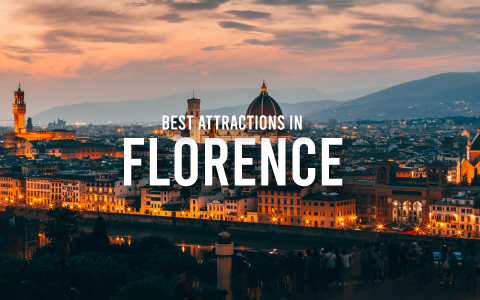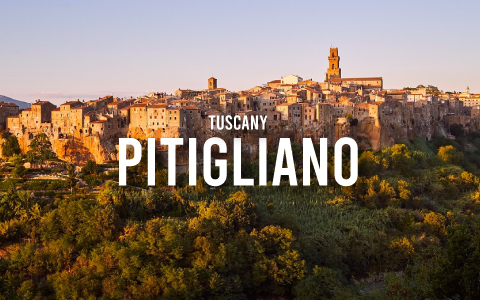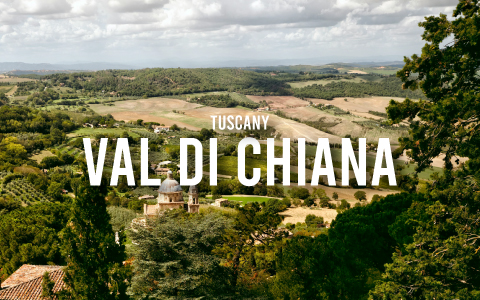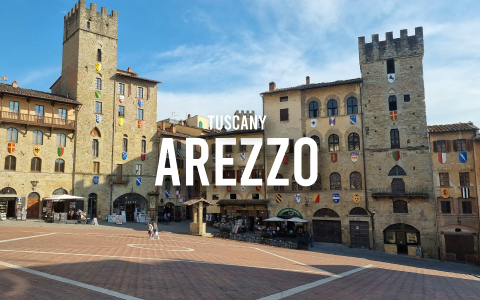
Florence, the City You Can’t Miss Visiting if You’re in Tuscany
Tuscany is one of Italy’s most beloved travel destinations. Stretching from the rugged Apennines to the shimmering Tyrrhenian Sea, the region is a tapestry of rolling hills, cypress-lined avenues, and charming medieval towns. Here, you can find the tranquil thermal baths of Saturnia, or enjoy the sea at Forte dei Marmi, known for its elegant beaches and vibrant nightlife. And what about the ancient castles of the Casentino area or Val d’Orcia, a UNESCO World Heritage site? However, if you are in Tuscany, there is a city you cannot miss visiting. Florence!
Florence: A Timeless Journey Through Art and History
Florence is a city where every corner tells a story.
Founded as a Roman settlement in 59 BC, it blossomed into the birthplace of the Renaissance, transforming Western art, science, and culture. Under the powerful Medici family, the city flourished, attracting the greatest artists, architects, and thinkers of the time. Figures like Michelangelo, Leonardo da Vinci, and Botticelli left their indelible mark here, creating masterpieces that still captivate millions of visitors each year.
Top Tourist Attractions in Florence
Florence is home to some of the world’s most renowned art and architectural treasures. As you walk through the cobblestone streets of Florence, you’ll be surrounded by centuries-old architecture, majestic cathedrals, and iconic landmarks that reveal the city’s grand past.
The Duomo of Florence: Cathedral of Santa Maria del Fiore
The Duomo, with its iconic red-tiled dome designed by Filippo Brunelleschi, is the heart of Florence. This magnificent cathedral, begun in 1296 and completed in 1436, showcases the grandeur of Renaissance architecture. Visitors can climb the 463 steps to the top of the dome for a breathtaking panoramic view of the city.
Uffizi Gallery
The Uffizi Gallery is one of the most famous art museums in the world, housing an extensive collection of Renaissance masterpieces. Wander through rooms filled with works by Botticelli, Michelangelo, Leonardo da Vinci, and Raphael. Highlights include Botticelli’s “The Birth of Venus” and Caravaggio’s “Medusa.”
Ponte Vecchio
The Ponte Vecchio, Florence’s oldest bridge, is a symbol of the city. Spanning the Arno River, this medieval stone bridge is lined with quaint shops selling jewelry, art, and souvenirs. The bridge’s unique charm and stunning views make it a favorite spot for photos.
Palazzo Vecchio
Palazzo Vecchio, the historic town hall of Florence, stands proudly in Piazza della Signoria.
This fortress-like palace offers a journey through Florence’s political history, with rooms adorned with frescoes, sculptures, and opulent furnishings. Don’t miss the chance to climb the tower for another fantastic view of the city.
The Accademia Gallery
Home to Michelangelo’s David, the Accademia Gallery is another must-visit for art lovers.
The museum also features a collection of Renaissance art, musical instruments, and sculptures, but the highlight remains the towering statue of David, a symbol of human beauty and strength.
Boboli Gardens and Pitti Palace
Just across the river from the city center, the Boboli Gardens and Pitti Palace offer a tranquil escape. Once the residence of the Medici family, the Pitti Palace now houses several museums, including the Palatine Gallery and the Royal Apartments. The sprawling Boboli Gardens, with their statues, fountains, and manicured lawns, provide a peaceful retreat from the bustling city.
Main Experiences to Have in Florence
Florence is not just about sightseeing; it’s about experiencing the vibrant culture and soul of the city.
Start your day with a cappuccino at a local café, savoring the Italian way of life as the city wakes up around you.
Take a cooking class to learn how to make traditional Tuscan dishes like fresh pasta or ribollita, a hearty bread and vegetable soup.
In the evening, enjoy a sunset stroll along the Arno River or a scenic view from Piazzale Michelangelo.
For a unique perspective, consider a guided tour of Florence’s hidden rooftops or a Vespa ride through the nearby Chianti countryside. And, of course, indulge in the city’s culinary delights, from exquisite gelato at one of Florence’s artisanal gelaterias to a hearty Florentine steak at a traditional trattoria.
Getting to Florence
Florence is well-connected by air, train, and road, making it easily accessible from anywhere in Italy and beyond.
The city’s main airport, Amerigo Vespucci Airport (FLR), is located about 4 kilometers from the city center, with regular flights to major European cities.
For those arriving by train, Santa Maria Novella is the main railway station, conveniently situated in the heart of Florence and connected to Italy’s extensive high-speed train network.
If you’re driving, the A1 and A11 highways connect Florence to other major Italian cities, but be prepared for limited parking and restricted traffic zones in the historic center.
Once in Florence, walking is the best way to explore, as the city’s main attractions are within easy reach of each other.



